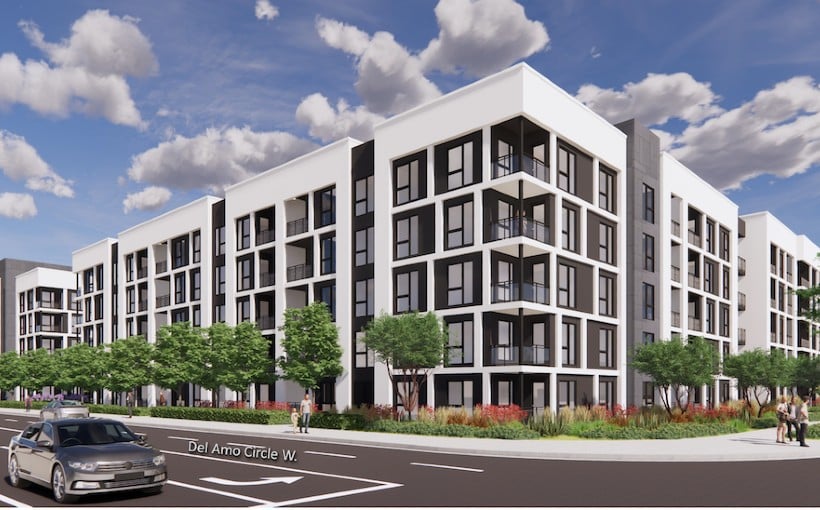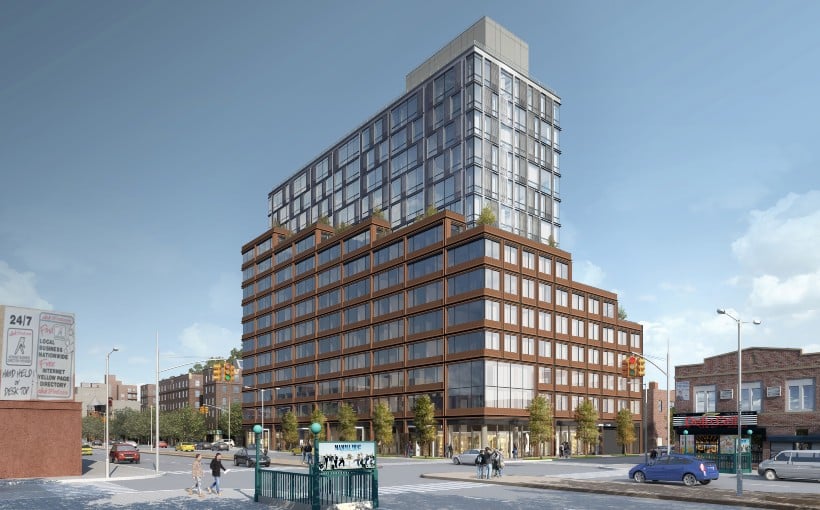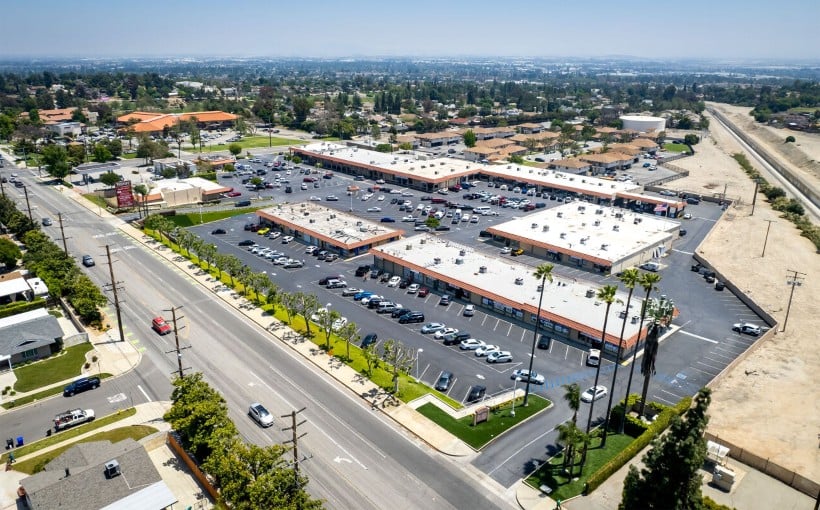**Pinpointing Tariff-Resilient Assets and Markets**
Tariffs have recently taken center stage in conversations ranging from individual financial planning to predictions of potential economic slowdowns. Within commercial real estate, industry leaders are exploring how this rising “tariff whiplash” could impact investment strategies and construction decisions.
According to a recent report by Hans Nordby, Executive Managing Director of Research and Investment Analytics at Transwestern, “various tax, regulation, and tariff regimes” could cause short-term GDP drag. However, consensus forecasts predict that while economic growth may decelerate, it will likely continue, with inflation climbing in 2025 before stabilizing to long-term trends by 2026.
Despite the volatility, Nordby sees potential opportunities—especially for industrial and multifamily real estate assets that are strategically positioned. His report outlines several key insights:
– Real estate can serve as an effective hedge against inflation and a source of value stability during shifting tariff and trade environments.
– Strategic sectors including pharmaceuticals, semiconductors, steel, energy, and automotive manufacturing are expected to benefit the most from expansion efforts.
– Trade policy over the past decade has clarified U.S. manufacturing trends, with high activity in states like Arizona, Georgia, Ohio, Tennessee, and Texas.
– Onshoring, diversification based on country of origin, and supply chain realignments are already in play as responses to elevated tariffs and anti-globalization sentiment.
– Growth in U.S.-based manufacturing is set to boost both industrial and multifamily real estate, particularly in regions that enjoy growing labor forces and business-friendly environments.
– Industrial real estate absorption is likely to rise with expanding supply chain demands. At the same time, strong job and economic growth—paired with the increasing cost of home ownership—could enhance demand for apartments.
Based on these dynamics, Nordby suggests that real estate assets in the industrial, multifamily, and healthcare sectors—those anticipating strong demand—have the potential to outperform in an environment of elevated tariffs. In addition, metropolitan areas benefitting from domestic in-migration, rather than relying on international immigration, may offer more resilient market conditions moving forward.




